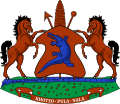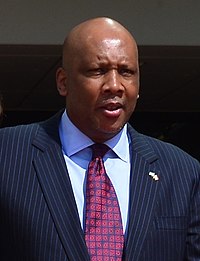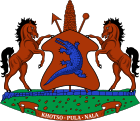
Lesotho, formally the Kingdom of Lesotho, is a landlocked country in Southern Africa. As an enclave of South Africa, with which it shares a 1,106 km (687 mi) border, it is the largest sovereign enclave in the world, and the only one outside of the Italian Peninsula. It is situated in the Maloti Mountains and contains the highest peak in Southern Africa. It has an area of over 30,000 km2 (11,600 sq mi) and has a population of about two million. Its capital and largest city is Maseru. The country is also known by the nickname The Mountain Kingdom.

The history of people living in the area now known as Lesotho goes back as many as 400 years. Present Lesotho emerged as a single polity under King Moshoeshoe I in 1822. Under Moshoeshoe I, Basotho joined other clans in their struggle against the Lifaqane associated with famine and the reign of Shaka Zulu from 1818 to 1828.
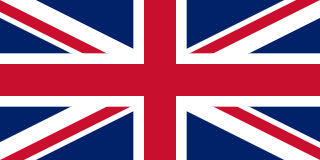
Basutoland was a British Crown colony that existed from 1884 to 1966 in present-day Lesotho, bordered with the Cape Colony, Natal Colony and Orange River Colony until 1910 and completely surrounded by South Africa from 1910. Though the Basotho and their territory had been under British control starting in 1868, the rule by Cape Colony was unpopular and unable to control the territory. As a result, Basutoland was brought under direct authority of Queen Victoria, via the High Commissioner, and run by an Executive Council presided over by a series of British Resident Commissioners.
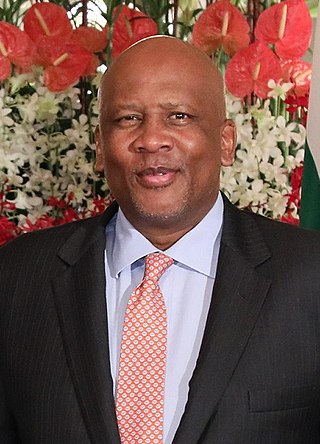
Letsie III is King of Lesotho. He succeeded his father, Bereng Seeiso Moshoeshoe II, who was forced into exile in 1990. His father was briefly restored in 1995 but died in a car crash in early 1996, and Letsie became king again. As a constitutional monarch, most of King Letsie's duties as monarch of Lesotho are ceremonial. In 2000, he declared HIV/AIDS in Lesotho to be a natural disaster, prompting immediate national and international response to the epidemic.
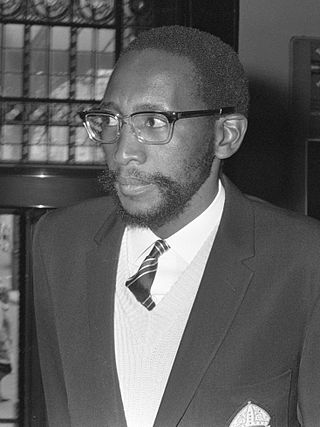
Moshoeshoe II, previously known as Constantine Bereng Seeiso, was the Paramount Chief of Basutoland, succeeding paramount chief Seeiso from 1960 until the country gained full independence from Britain in 1966. He was King of Lesotho from 1966 until his exile in 1990, and from 1995 until his death in 1996.

The Sotho, also known as the Basotho, are a Sotho-Tswana ethnic group native to Southern Africa. They primarily inhabit the regions of Lesotho and South Africa.

Moshoeshoe I was the first king of Lesotho. He was the first son of Mokhachane, a minor chief of the Bamokoteli lineage, a branch of the Koena (crocodile) clan. In his youth, he helped his father gain power over some other smaller clans. At the age of 34 Moshoeshoe formed his own clan and became a chief. He and his followers settled at the Butha-Buthe Mountain. He became the first and longest-serving King of Lesotho in 1822.

Joseph Leabua Jonathan was the first prime minister of Lesotho. He succeeded Chief Sekhonyana Nehemia Maseribane following a by-election and held that post from 1965 to 1986.
The Regency Acts are Acts of the Parliament of the United Kingdom passed at various times, to provide a regent in the event of the reigning monarch being incapacitated or a minor. Prior to 1937, Regency Acts were passed only when necessary to deal with a specific situation. In 1937, the Regency Act 1937 made general provision for a regent, and established the office of Counsellor of State, a number of whom would act on the monarch's behalf when the monarch was temporarily absent from the realm or experiencing an illness that did not amount to legal incapacity. This Act, as modified by the Regency Acts of 1943 and 1953, forms the main law relating to regency in the United Kingdom today.
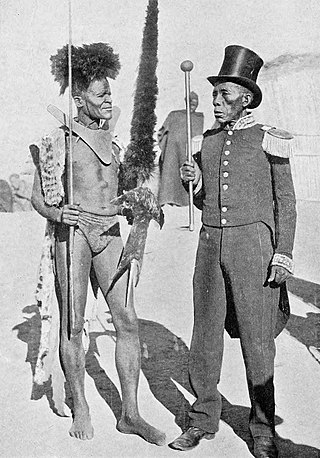
The Basuto Gun War, also known as the Basutoland Rebellion, was a conflict between the Basuto and the British Cape Colony. It lasted from 13 September 1880 to 29 April 1881 and ended in a Basuto victory.
The loti is the currency of the Kingdom of Lesotho. It is subdivided into 100 sente. It is pegged to the South African rand on a 1:1 basis through the Common Monetary Area, and both are accepted as legal tender within Lesotho. The loti was first issued in 1966, albeit as a non-circulating currency. In 1980, Lesotho issued its first coins denominated in both loti and lisente to replace the South African rand, but the rand remains legal tender.
'Mamohato Bereng Seeiso served as the Regent Head of State of Lesotho on three occasions: 5 June to 5 December 1970, 10 March to 12 November 1990 and 15 January to 7 February 1996.

Monarchy was the prevalent form of government in the history of Africa, where self-governing states, territories, or nations existed in which supreme power resided with an individual who was recognized as the head of state. Many such states exist today. All are similar in that the sovereign inherits their office and typically keeps it until their death or until their abdication.

Prince Seeiso Bereng Seeiso of Lesotho, Principal Chief of Matsieng is the younger brother of Lesotho's King Letsie III, and son of the Southern African country's late King Moshoeshoe II (1938–1996) and the late Queen 'Mamohato Bereng Seeiso (1941–2003).
The Sri Lankan presidential line of succession is the order in which the Prime Minister of Sri Lanka and other persons of the Sri Lankan government may assume the powers and duties of the President of Sri Lanka upon the incapacity, resignation or death of an incumbent President.

'Masenate Mohato Seeiso is the Queen of Lesotho as the wife of King Letsie III of Lesotho. She was the first commoner in modern history to marry into the royal family of Lesotho. Since becoming queen, she has become the patron of several charities and has worked to promote the work of projects related to HIV/AIDS.
'Mantšebo was the ruler of Basutoland from 1941 to 1960, as the regent for her stepson, the future Moshoeshoe II.
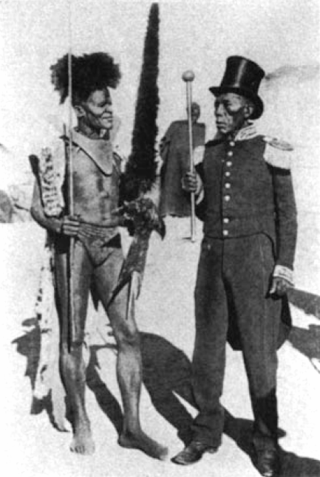
Masopha was a chief of the Basuto people. He was the third son of Basuto paramount chief Moshoeshoe I. During his youth he fought in numerous conflicts against neighboring tribes and European colonists. According to Basuto praise-poems he was known for his bravery. Following the incorporation of Basutoland into the Cape Colony, Masopha resisted the imposition of colonial rule and emerged as one of the most powerful Basuto chiefs.
Capital punishment in Lesotho is legal. However, despite not having any official death penalty moratorium in place, the country has not carried out any executions since the 1990s and is therefore considered de facto abolitionist.
The Succession to the throne of Lesotho is laid down in Chapter V of the African kingdom's constitution. The current King is Letsie III.
